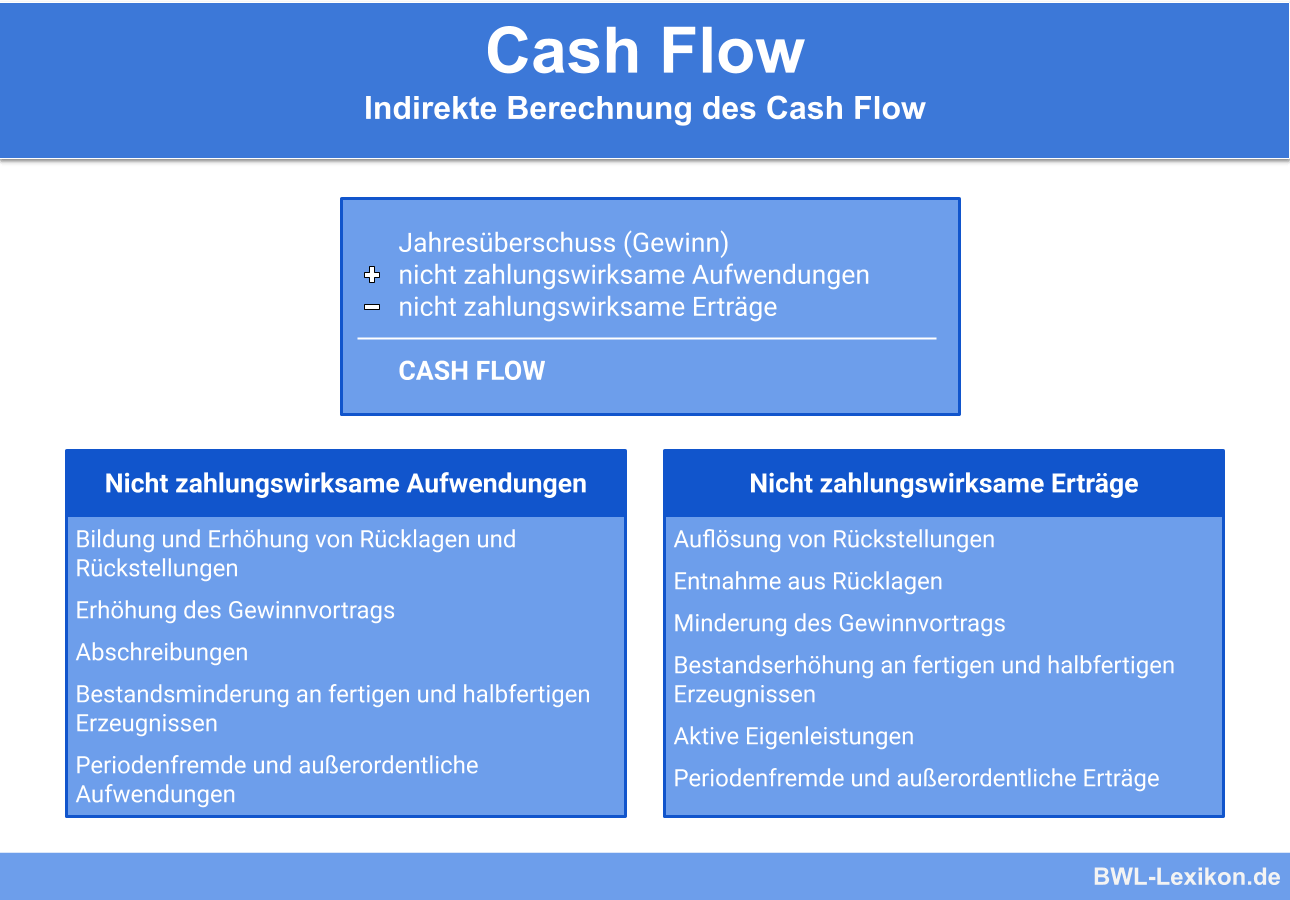
The article then proceeds to examine techniques for accelerating the cash flow cycle, in particular the problem of accounts receivable collection. An arrow diagram, showing the flows in and out of the pool of corporate cash, has also been developed. The article begins by reviewing the most recent definitions of cash flow.

Creditors, on the other hand, tend to use the cash flow statement to determine how much cash is available for the company to fund its operating expenses and pay its debt obligations.There are several definitions of the concept of “cash flow” in the current financial literature. It provides them with key information that should be considered when making investment decisions. The sum of these three segments is known as net cash flow.Ī company's financial statements offer investors and analysts insight into all the transactions that go through a company, where every transaction contributes to its success. The cash flow statement is believed to be one of the most intuitive financial statements as it follows the cash made by the business through three main ways: operations, financing and investment. Sometimes, disclosure of non-cash activities may be included when prepared under GAAP, the generally accepted accounting principles. The three main types of cash flow statement components are: That is the reason behind the cash flow statement being a crucial tool used by companies, investors and analysts to conduct accurate evaluations. However, the company may generate more or less cash than the sales or income figures show. The business adds this profit on its income statement and pays income taxes on it. Even though the company recognises that sale as revenue, it will not receive cash until later in the future. It decides to extend credit for the sale to its customers. This situation could occur if a company was not monitoring its cash flows or all or most of its sales have been made on credit.įor example, imagine a company that sells goods. Yet, it may have nothing left in the bank. According to its income statement, a company may show the most fantastic performance backed by huge profits. Sometimes, even very profitable businesses may fail to adequately manage their cash flow. The principal financial statements are the income statement, balance sheet and cash flow statement. What you need to know about cash flow statements…Įvery publicly-traded company must file financial statements and reports with the Securities and Exchange Commission in the US and other financial regulators alike worldwidein other countries. Moreover, your investment manager or financial advisor may have recommended keeping your eye on the cash flow statements of theyour chosen company when making investment decisions. These usually come across when the Financial Times or other financial news sources cover some major companies reporting their financial reports. You may have heard about the cash flow statements for at least a few times before.

Typically, publicly traded companies publish their cash flow statements in quarterly or annual reports. Where have you heard about cash flow statements? It carries significant importance as it helps investors get an overall sense of the company’s cash inflows, determine whether it is on solid financial ground and obtain a general understanding of its overall performance.

The cash flow statement allows investors to have a better understanding of the way a company conducts its operations, giving an insight into where its money comes from and how this money is spent. It acts as a bridge between the income statement and balance sheet and is an obligatory part of a company's financial reports. The cash flow statement serves as a measurement of how well a business manages its cash position, generating cash to fund its operating expenses and pay its debt obligations. The time interval that the statement covers is defined by the company. Also known as the statement of cash flows, it reports the cash generated and used during a specific period of time, such as a month, quarter or year. The cash flow statement definition refers to the financial statement issued by a business, which summarises the amount of cash and cash equivalents entering and leaving a company. US30 US Wall Street 30 (USA 30, Dow Jones)


 0 kommentar(er)
0 kommentar(er)
